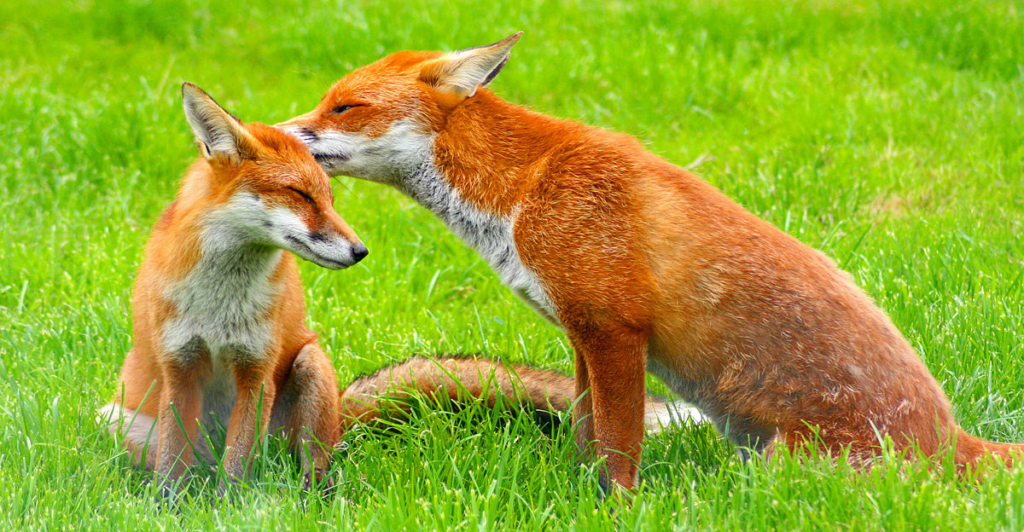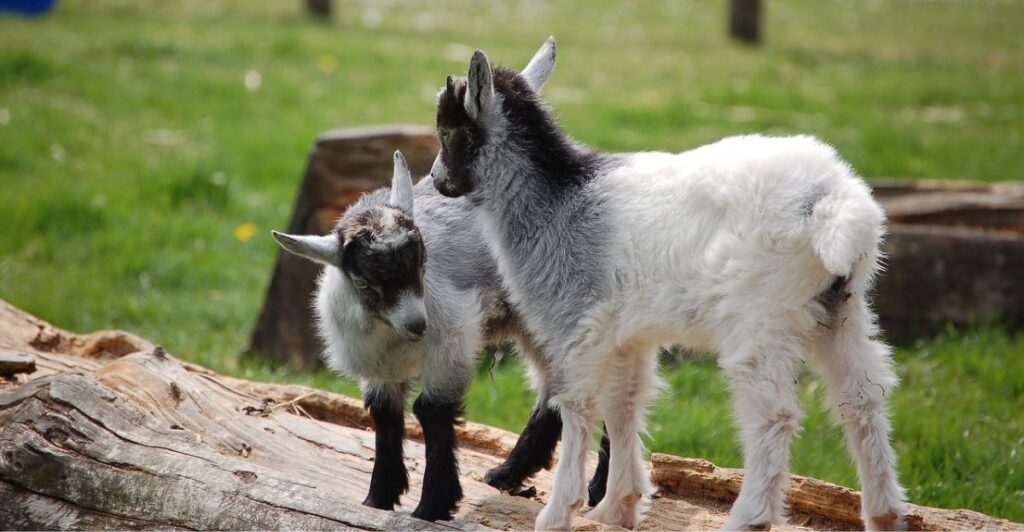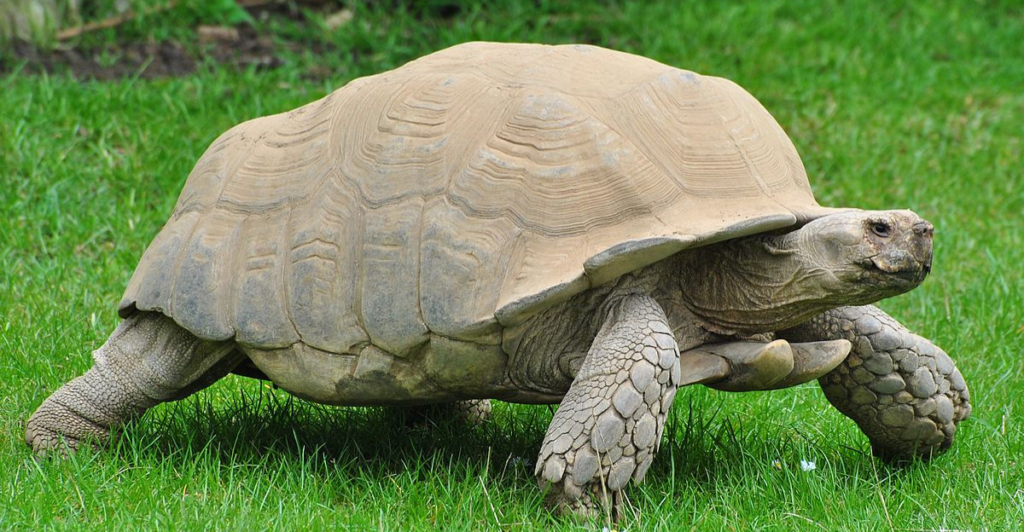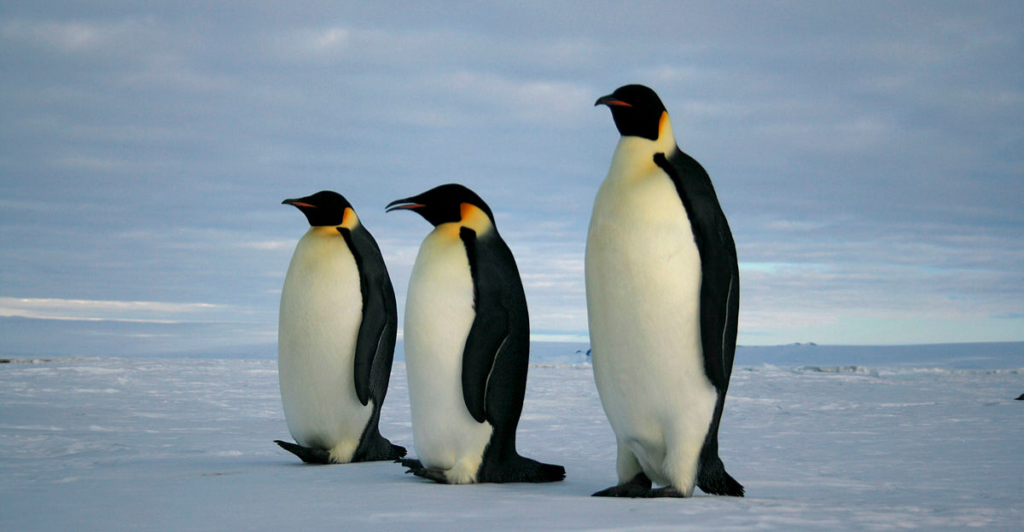
Wild animals aren’t all about tooth-and-claw survival. Some species surprise us with human-like warmth, loyalty, and teamwork. They nurture the young, comfort each other, and even inspire humans with their tenderness. Get ready to meet 12 of the most wholesome animals in the wild—proof that nature is not always scary.
1. Elephants

Elephants are deeply emotional creatures. They grieve lost herd members, celebrate new births, and comfort each other in times of distress. Their intelligence and empathy create strong bonds, which shows just how caring and connected these gentle giants are in their tight-knit families.
2. Beavers

Beavers are nature’s builders and devoted family members. They live in close family units, working together to construct sturdy dams and lodges. Both parents care for their kits and teach them survival skills. Their teamwork and dedication to creating a safe, warm home are truly heartwarming.
3. Bonobos

Gentleness defines Bonobo society, where comforting gestures like hugs and shared meals resolve conflict. These primates use cooperation instead of aggression to create tight-knit communities that thrive on harmony. Humanity needs to take heed of Bonobo’s peaceful ways.
4. Red Foxes

A clever approach to parenting makes red foxes uniquely wholesome. Fox’s bring food back to kits and teach essential survival skills in the process. These dedicated parents raise their cubs carefully and vigilantly and prove that our folklore has often painted a very skewed picture of them.
5. Wolves

Family values dominate wolf packs, where every member plays a vital role in hunting, caring for pups, and protecting the group. Wolf packs often aid injured members, demonstrating remarkable teamwork and loyalty. Wolves’ deep sense of connection is a symbol of unity in the wild.
6. Swans

Few animals symbolize love quite like swans, whose lifelong partnerships remain unbroken. Swan’s devotion extends to parenting, as both partners work together to shield and nurture their cygnets. Watching a swan pair gracefully frolic on the waters reveals a love story that’s pure and unshakeable.
7. Sea Otters

Sea otters are playful, curious, and surprisingly fearless around people. They spend hours foraging, diving, and using rocks to crack open shellfish. When they’re not busy eating or grooming, they have fun somersaulting in the water or sliding down muddy banks, charming everyone nearby.
8. Meerkats

A true team effort defines meerkat communities, where members rotate lookout duties to guard against predators. Meerkats also share the responsibility of caring for each other’s offspring. Their cooperation shows how even small animals can teach us the value of looking out for one another.
9. Pygmy Goats

Social by nature, pygmy goats thrive in groups where they share affection and playfulness. These goats’ head-butting games and friendly bleats show a side of wildlife that’s endlessly endearing. They are proof that kindness and connection can come in the smallest packages.
10. Tortoises

The slow-paced world of tortoises is surprisingly full of connections. Some species, like the Aldabra tortoise, are known to share food and coexist peacefully with others. Tortoise’s serene interactions and cooperative habits reveal a quiet form of wholesomeness often overlooked in the animal kingdom.
11. Penguins

These arctic birds make the best parents, taking turns keeping their eggs warm while the other finds food. They have an unwavering devotion to chicks and to each other, which brings a wholesome warmth to their freezing conditions. This steadfast commitment to Penguins’ loved ones makes them a heartwarming symbol of unity and care.
12. Koalas

Calling eucalyptus trees homes, koalas exude calmness while nurturing their joeys. Babies cling to their mothers for months and form strong bonds through close contact. Their gentle demeanor and relaxed lifestyle paint a picture of serene affection and make them one of the most wholesome animals out there.
Stay connected with us for more stories like this! Follow us to get the latest updates or hit the Follow button at the top of this article, and let us know what you think by leaving your feedback below. We’d love to hear from you!







